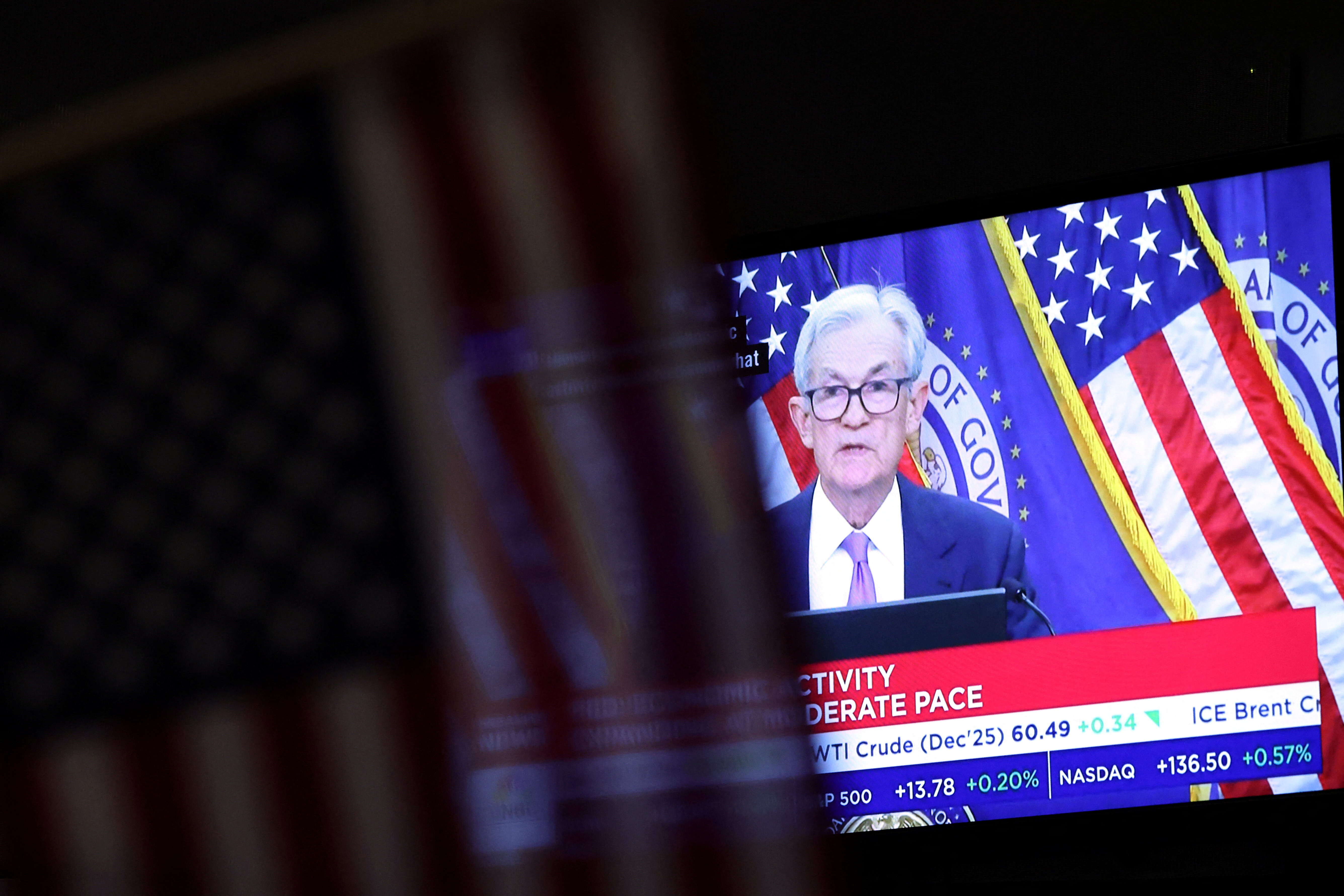Why we need a new economic model

Two schools of thought tend to dominate today’s economic debates. According to free-market economists, governments should cut taxes, reduce regulations, reform labor laws, and then get out of the way to let consumers consume and producers create jobs. According to Keynesian economics, governments should boost total demand through quantitative easing and fiscal stimulus. Yet neither approach is delivering good results. We need a new Sustainable Development Economics, with governments promoting new types of investments.
Free-market economics leads to great outcomes for the rich, but pretty miserable outcomes for everyone else. Governments in the United States and parts of Europe are cutting back on social spending, job creation, infrastructure investment, and job training because the rich bosses who pay for politicians’ election campaigns are doing very well for themselves, even as the societies around them are crumbling.
Yet Keynesian solutions – easy money and large budget deficits – have also fallen far short of their promised results. Many governments tried stimulus spending after the 2008 financial crisis. After all, most politicians love to spend money they don’t have. Yet the short-term boost failed in two big ways.
First, governments’ debt soared and their credit ratings plummeted. Even the US lost its AAA standing. Second, the private sector did not respond by increasing business investment and hiring enough new workers. Instead, companies hoarded vast cash reserves, mainly in tax-free offshore accounts.
The problem with both free-market and Keynesian economics is that they misunderstand the nature of modern investment. Both schools believe that investment is led by the private sector, either because taxes and regulations are low (in the free-market model) or because aggregate demand is high (in the Keynesian model).
Yet private-sector investment today depends on investment by the public sector. Our age is defined by this complementarity. Unless the public sector invests, and invests wisely, the private sector will continue to hoard its funds or return them to shareholders in the forms of dividends or buybacks.
The key is to reflect on six kinds of capital goods: business capital, infrastructure, human capital, intellectual capital, natural capital, and social capital. All of these are productive, but each has a distinctive role.
Business capital includes private companies’ factories, machines, transport equipment, and information systems. Infrastructure includes roads, railways, power and water systems, fiber optics, pipelines, and airports and seaports. Human capital is the education, skills, and health of the workforce. Intellectual capital includes society’s core scientific and technological know-how. Natural capital is the ecosystems and primary resources that support agriculture, health, and cities. And social capital is the communal trust that makes efficient trade, finance, and governance possible.
These six forms of capital work in a complementary way. Business investment without infrastructure and human capital cannot be profitable. Nor can financial markets work if social capital (trust) is depleted. Without natural capital (including a safe climate, productive soils, available water, and protection against flooding), the other kinds of capital are easily lost. And without universal access to public investments in human capital, societies will succumb to extreme inequalities of income and wealth.
Investment used to be a far simpler matter. The key to development was basic education, a network of roads and power, a functioning port, and access to world markets. Today, however, basic public education is no longer enough; workers need highly specialized skills that come through vocational training, advanced degrees, and apprenticeship programs that combine public and private funding. Transport must be smarter than mere government road building; power grids must reflect the urgent need for low-carbon electricity; and governments everywhere must invest in new kinds of intellectual capital to solve unprecedented problems of public health, climate change, environmental degradation, information systems management, and more.
Yet in most countries, governments are not leading, guiding, or even sharing in the investment process. They are cutting back. Free-market ideologues claim that governments are incapable of productive investment. Nor do Keynesians think through the kinds of public investments that are needed; for them, spending is spending. The result is a public-sector vacuum and a dearth of public investments, which in turn holds back necessary private-sector investment.
Governments, in short, need long-term investment strategies and ways to pay for them. They need to understand much better how to prioritize road, rail, power, and port investments; how to make investments environmentally sustainable by moving to a low-carbon energy system; how to train young workers for decent jobs, not only low-wage service-sector employment; and how to build social capital, in an age when there is little trust and considerable corruption.
In short, governments need to learn to think ahead. This, too, runs counter to the economic mainstream. Free-market ideologues don’t want governments to think at all; and Keynesians want governments to think only about the short run, because they take to an extreme John Maynard Keynes’ famous quip, “In the long run we are all dead.”
Here’s a thought that is anathema in Washington, DC, but worthy of reflection. The world’s fastest growing economy, China, relies on five-year plans for public investment, which is managed by the National Development and Reform Commission. The US has no such institution, or indeed any agency that looks systematically at public-investment strategies. But all countries now need more than five-year plans; they need 20-year, generation-long strategies to build the skills, infrastructure, and low-carbon economy of the twenty-first century.
The G-20 recently took a small step in the right direction, by placing new emphasis on increased infrastructure investment as a shared responsibility of both the public and private sectors. We need much more of this kind of thinking in the year ahead, as governments negotiate new global agreements on financing for sustainable development (in Addis Ababa in July 2015); Sustainable Development Goals (at the United Nations in September 2015), and climate change (in Paris in December 2015).
These agreements promise to shape humanity’s future for the better. If they are to succeed, the new Age of Sustainable Development should give rise to a new Economics of Sustainable Development as well.
Published in collaboration with Project Syndicate
Author: Jeffrey D. Sachs is a Professor of Sustainable Development, Professor of Health Policy and Management, and Director of the Earth Institute at Columbia University
Image: A sign for Bank Street and high rise offices are pictured in the financial district Canary Wharf in London October 21, 2010. REUTERS/Luke MacGregor.
Don't miss any update on this topic
Create a free account and access your personalized content collection with our latest publications and analyses.
License and Republishing
World Economic Forum articles may be republished in accordance with the Creative Commons Attribution-NonCommercial-NoDerivatives 4.0 International Public License, and in accordance with our Terms of Use.
The views expressed in this article are those of the author alone and not the World Economic Forum.
Stay up to date:
Economic Growth
Related topics:
Forum Stories newsletter
Bringing you weekly curated insights and analysis on the global issues that matter.
More on Financial and Monetary SystemsSee all
Jaime Magyera
November 13, 2025






